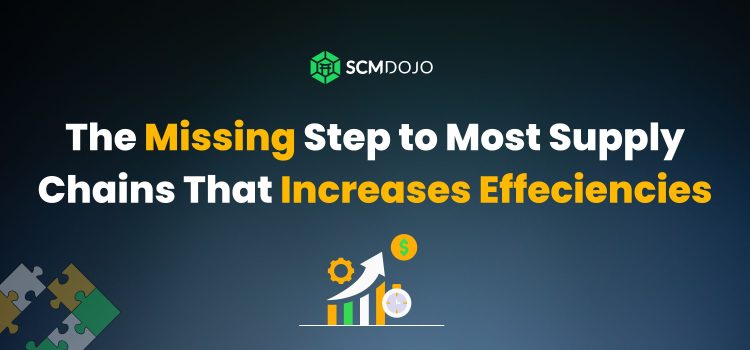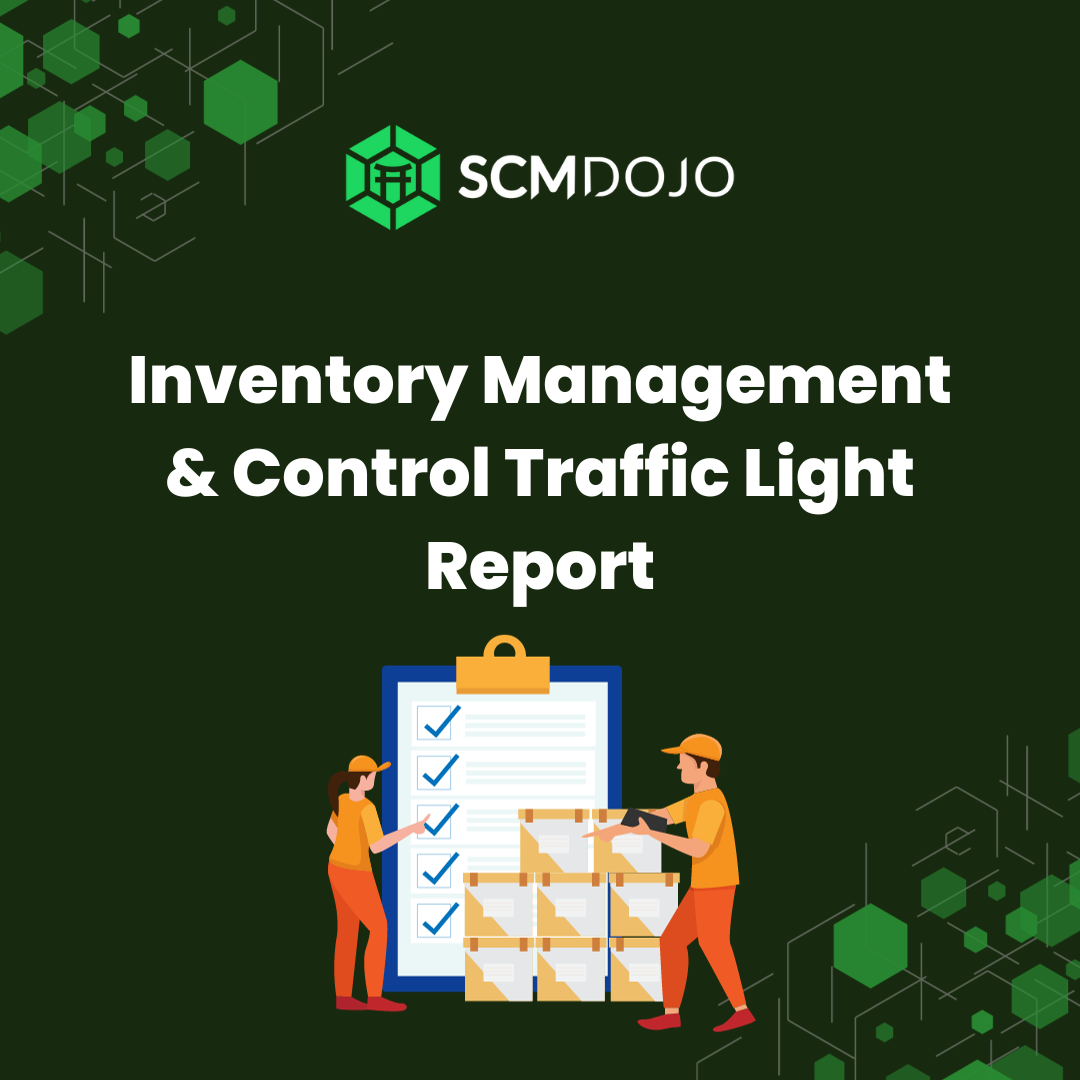As a business owner, you always seek ways to increase efficiency and decrease costs. As supply chain professionals, we must understand the role of Effectiveness & Efficiency in Supply Chain Optimization
But while you may have already implemented changes, you feel like there’s still something missing to decrease your cost.
The truth is: there is.
It’s one simple step that’s easy to overlook but impossible to come back from when executed incorrectly.
In this post, we’ll shed some light on this overlooked step that can help you decrease costs and increase efficiency.
But before we get to that, let’s establish why supply chain visibility matters.
Why Supply Chain Visibility Matters In the First Place
Supply chain visibility refers to the ability to track and monitor products as they move through the supply chain.
It’s all about having a clear understanding of where your products are at any given time and how they’re being handled.
Having supply chain visibility is crucial for several reasons.
It allows you to identify potential issues before they become major problems. If you can see where your products are and how they’re being handled, you can quickly identify any delays or errors and take action to correct them.
Supply chain visibility also allows you to make more informed decisions about your supply chain processes. With real-time data on your products, you can analyze your supply chain performance and identify areas for improvement.
You can also use this data to make more accurate forecasts and better manage inventory levels.
But despite the importance of supply chain visibility, many companies still get it wrong. They may have some visibility into their supply chain processes, but there’s still a missing crucial step that most companies get wrong.
It’s called the “money zone.”
This One Step Can Increase Your Supply Chain Efficiency and Decrease Costs
The “money zone” is often mistaken for a simple task that doesn’t require much attention or optimization.
But what is it?
The “money zone” is the moment when your product is either the first or last to be touched.
It’s an important step that can impact your business’s bottom line, but…
It’s one of the last places people look to optimize.
The truth is, this step is so important that it can make or break the entire supply chain. It’s estimated that up to 40% of all transportation costs occur within the “money zone.”
The truth is, this step is so important that it can make or break the entire supply chain. It’s estimated that up to
But so long as the “money zone” isn’t causing too much hassle or cost, it’s easily overlooked.
It’s only when the costs (demurrage or detention) start to add up that it grabs your attention.
If the “money zone” is not executed with purpose, it can lead to delays, errors, and inefficiencies that can cost your company time and money.
For example, if a shipment is not properly loaded onto a truck, it may be delayed and miss its delivery window, resulting in unhappy customers and potentially lost business.
If a shipment is not properly unloaded, it may be damaged or misplaced, resulting in costly returns or replacements.
Optimizing the “money zone” can save companies time and money, improve customer satisfaction, and provide a competitive edge.
10 Ideas to Optimize Your “Money Zone” for Supply Chain Visibility
1. Appoint a Centralized Place for Information
Having a centralized place where all information and notes are stored can help ensure that everyone involved in the “money zone” is on the same page.
This can include details such as the quantity of products being transported, delivery windows, and any specific requirements for loading or unloading.
2. Use Technology to Track and Monitor Shipments
Technology such as GPS tracking and real-time monitoring can help you keep tabs on your shipments and ensure they are on track for delivery.
This can also help you quickly identify and address any issues that may arise.
3. Conduct Regular Training Sessions
Regular training sessions for all personnel involved in the “money zone” can help ensure everyone is up to date on the latest procedures and best practices.
This can help reduce errors and increase efficiency.
4. Use Standardized Packaging and Labeling
Using standardized packaging and labeling can help streamline the loading and unloading process, making it faster and more efficient.
It can also help reduce the risk of damage to your products during transportation.
5. Implement a Quality Control Process
Implementing a quality control process can help ensure that all shipments meet your company’s standards and requirements.
This can help reduce the risk of costly returns or replacements.
6. Consider Outsourcing to a Third-Party Logistics Provider
Outsourcing your logistics to a third-party provider can help reduce the burden on your internal team and allow them to focus on other critical areas of your business.
A third-party provider can also bring expertise and resources to the table, helping to optimize your “money zone” and increase efficiency.
7. Analyze and Optimize Your Transportation Routes
Analyzing and optimizing your transportation routes can help reduce transit times and transportation costs.
It can also help reduce the risk of delays or missed deliveries.
8. Develop a Contingency Plan
Developing a contingency plan can help you quickly respond to unexpected events such as severe weather, accidents, or other disruptions.
This can help minimize the impact on your supply chain and ensure your products are delivered on time.
9. Implement Performance Metrics
Implementing performance metrics can help you track the efficiency and effectiveness of your “money zone” and identify areas for improvement.
This can include metrics such as delivery times, transit times, and cost per unit shipped.
10. Use Predictive Analytics
Using predictive analytics can help you anticipate and proactively address potential issues in your “money zone.”
This can help reduce the risk of delays or disruptions and ensure your products are delivered on time and at the right cost.
Transform Your Supply Chain Visibility by Optimizing Your Money Zone
The “money zone” can be the difference between a successful or a failed supply chain.
Ensure that you have a centralized place that has appointed information/notes. This can help you keep track of the movement of goods and identify any issues that arise quickly.
When you optimize your “money zone,” you can increase efficiency, reduce costs, improve customer satisfaction…
…and gain a competitive advantage that will take your business to the next level.
1 + 2 could fit a DataDocks link but they’d need a little reworking. Putting it in 9 might be more straightforward.



